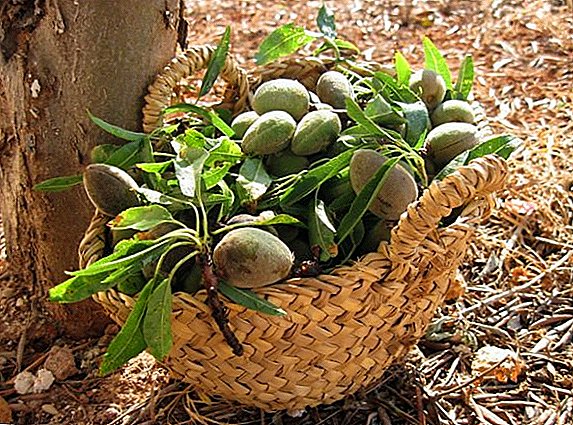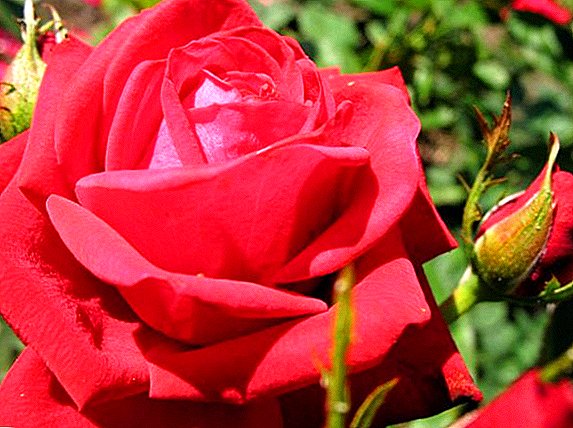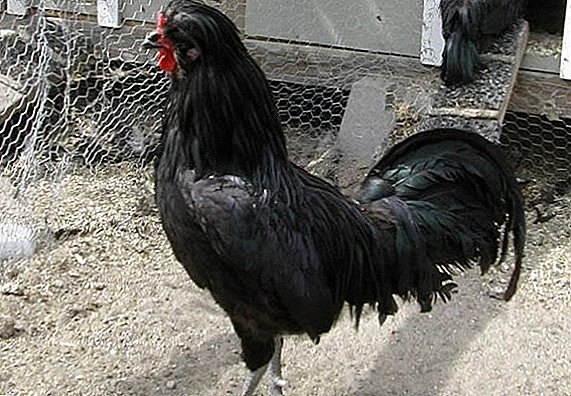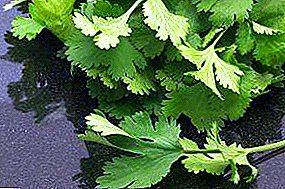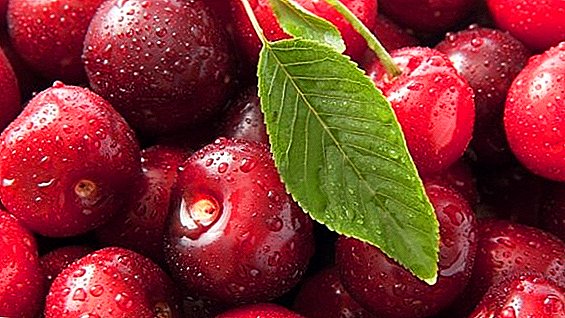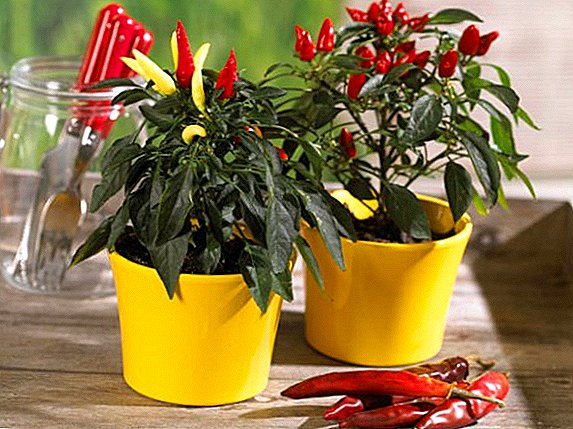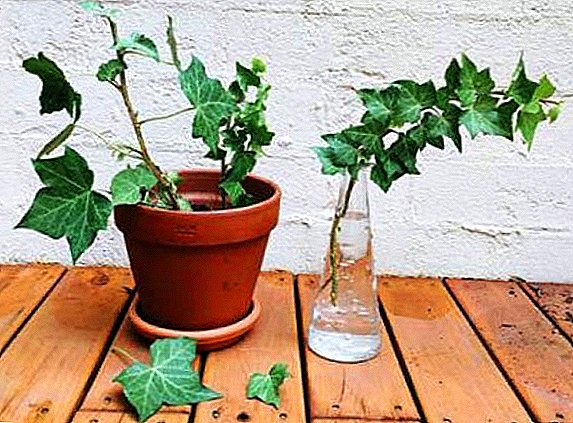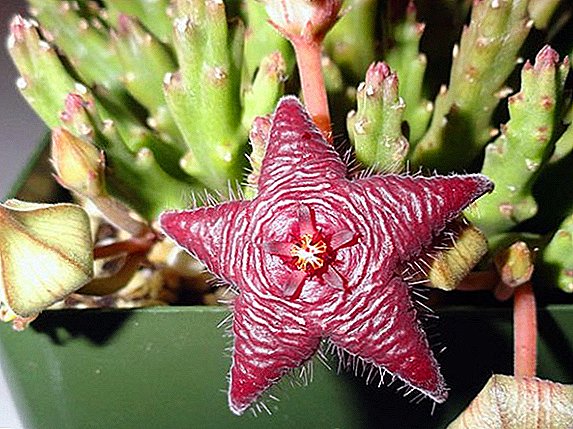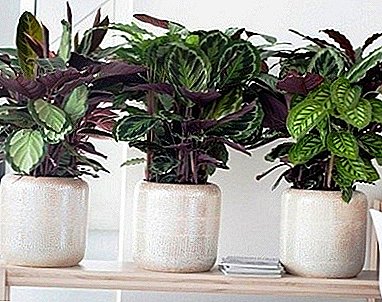
Calathea - a plant with beautiful leaves of unusual color.
To grow it at home you need to have some patience and skills in the maintenance of indoor plants.
Calathea in the house: good or harm?
This exotic flower is able to clean air from formaldehyde in the air by 10%.. In addition, the plant has a calming effect, it is especially useful for people suffering from insomnia.
According to Chinese scientists, this flower can protect people from colds, because it has a special energy and warms the body. Calathea promotes the resorption of blood clots.
It is believed that this plant helps in commerce and personal life. Timid people gain confidence and inner strength next to him.
It is especially recommended to grow this flower in homes with a large number of people, as it absorbs the aggression and irritability of the household and helps to find compromises in disputes.
Bright representatives of Calathea: Rufibarba, Zebrina, Lancifolia, Medallion and Makoya.
How to care for Calathea at home?
Let us consider in more detail how to properly care for indoor flower Calathea at home.
The main rule of growing Calathea - the creation of warm and humid conditions for it, only in this case the plant will feel good and retain its decorative effect.
Location
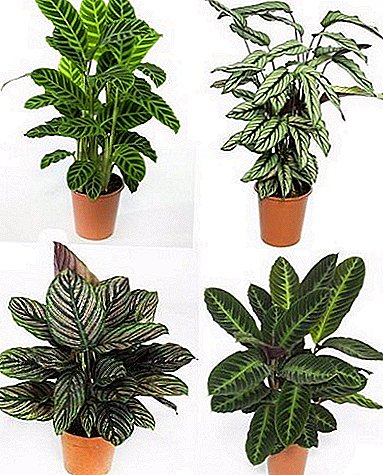 For Calathea, you need to choose a place where there is enough light but no direct sun. Direct rays are contraindicated.
For Calathea, you need to choose a place where there is enough light but no direct sun. Direct rays are contraindicated.
The most suitable for growing are southeast or southwest windows.
The eastern and western sides will also suit, but on the northern side the plant will suffer from a lack of light.
On the south window the leaves will lose their decorativeness, turn pale.
If the light of Kalatee is missed, it will stop growing, and the leaves will start to dry and fall off..
To grow a flower to some distance from the window. If you keep it on the windowsill, the leaves will lean toward the sun and the plant will lose its shape.
Temperature
Calathea feels good at a temperature of 20-25 degrees. It may even carry strong heat in 30-35, but with sufficient air humidity.
In winter, the temperature should not fall below 16-17 degrees. In such conditions, the root system will begin to rot.
Very harmful for Calathea drafts and temperature drops. While airing the room, make sure that the wind blows from the window do not fall on the plants.
Humidity and watering rules
Sufficient air humidity is one of the main requirements for flower maintenance.. It is more rational to maintain the necessary humidity using a humidifier. You can put the container with Calathea in a pallet with pebbles, moss or expanded clay, in which water is poured.
IMPORTANT! There should be enough water in the pan so that the bottom of the pot does not touch it.
It is also possible to use the method of spraying air around the plant. At the same time the plant itself is not recommended to spray. You can only sometimes wipe the leaves with a damp cloth.
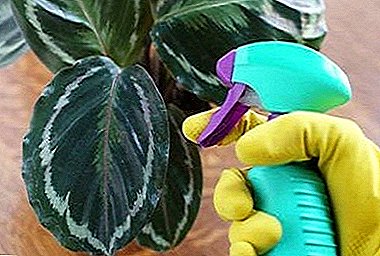 A very effective way to maintain the balance of moisture and temperature for Calathea is to grow it in an aquarium.
A very effective way to maintain the balance of moisture and temperature for Calathea is to grow it in an aquarium.
A layer of sand is poured into it, which is periodically moistened.
It is in such conditions that Calathea will be at a stable temperature, the walls of the aquarium will protect it from drafts and prevent overdrying of air.
The frequency of watering depends on the air temperature. In the heat, watering is carried out every three days, while soaking the soil properly. Do not allow stagnation of water in the pan after watering, it must be immediately drained. If this is not done, the roots will definitely begin to rot.
IMPORTANT! Do not water the plant until the top layer dries out 3-4 centimeters. Water Kalatu need extremely soft, settled water. In addition, the water should be several degrees warmer than room temperature.
Top dressing
From early April to late August, the plant is fed twice a month. Suitable universal fertilizer for decorative leaf plants. During the winter period, top dressing is sharply reduced to once a month and a half.
Soil and transplant rules
How to transplant Calathea?
Transplant is done in the spring strictly once every two years.. Soil for Calathea is prepared as follows: a mixture of leaf earth, humus, peat and sand (1Х1Х1Х0,5). From ready mixes the earth for azaleas approaches.
IMPORTANT! The soil should not contain lime, Calatea does not tolerate it.
A pot for transplanting must be taken 4-5 centimeters more in diameter than the previous one. Capacity is selected wide, but shallow. A large layer of drainage is laid at the bottom.
Transplantation is carried out by the method of transshipment with partial replacement of soil.
IMPORTANT! The roots of the plant are quite fragile, so you need to replant it carefully so as not to damage them.
Crown formation
Calathea independently cope with the formation of a beautiful bush, so she does not need pruning. It is only recommended to remove damaged and dried leaves from the plant.
How does decorative Calathea bloom?
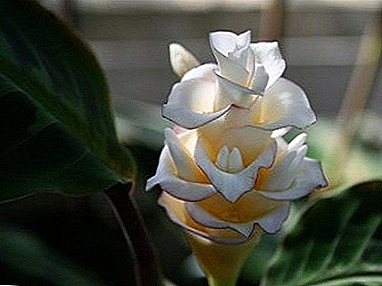 Calathea blooms only if ideal conditions are created for it.
Calathea blooms only if ideal conditions are created for it.
The main condition is humidity of air and soil..
If drying of the roots or lack of moisture in the air is allowed, even for a short time, the plant will not be able to form flower buds.
Another reason for the lack of colors is inappropriate primer..
This flower needs a special, with high breathability composition, which has a weak acid reaction. Only when all the conditions are met can this naughty flower bloom.
However, some plant species delight their owners with flowering every year. Saffron Calathea blooms with orange, lush inflorescences, and Calathea Varshevicha has cream or white-pink flowers.
Breeding methods
The plant can be propagated by seed, dividing the bush and cuttings.
- The best way is to divide the bush. The root system of this flower is a tubers - modified shoots. They have sufficient branching and are easily separated from each other.
After dividing, the bushes are seated in separate pots and for better rooting they are covered with foil until they are fully rooted;
- somewhat harder to propagate Calatheus leaf or cutting. In the first case, a leaf with a growth point is separated from the adult specimen, placed in a separate pot, moistened and covered with a transparent cap.
The cuttings are carried out using a 15 cm long shoot, having three to four leaflets. There must be growth points on the workpiece.. The stalk, like the leaf, is rooted in a wet substrate;
- seed breeding Calathea - occupation for an experienced and patient florist. Seeds have very poor germination and only a very short amount of time is available. Therefore, buying them in the store, be careful.
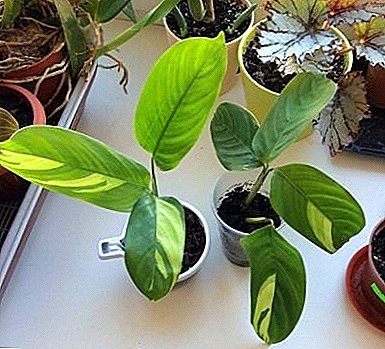 Sowing Calathea produce a mixture of leaf soil and sand.
Sowing Calathea produce a mixture of leaf soil and sand.
Shallowly embedded seeds are covered with a film and placed in a room with an air temperature of at least 22-25 degrees.
Sprouts with a favorable outcome will appear only after 25-30 days.
At the age of 20-30 days sprouts are placed in separate pots.
When transplanting you need to be as careful as possible, since any damage to the roots will not allow the seedlings to settle down and start growing.
Growing difficulties
She is very sensitive to inappropriate conditions of detention. If she does not like something, the leaves of Calathea begin to dry, curl and fade. Especially acutely, it reacts to the cold emanating from the windows and open air vents, so you should not keep this plant on the windowsill.
This naughty flower requires special attention. But if you follow all the rules of care for Calathea, then it will long delight you with its unusual beauty.



